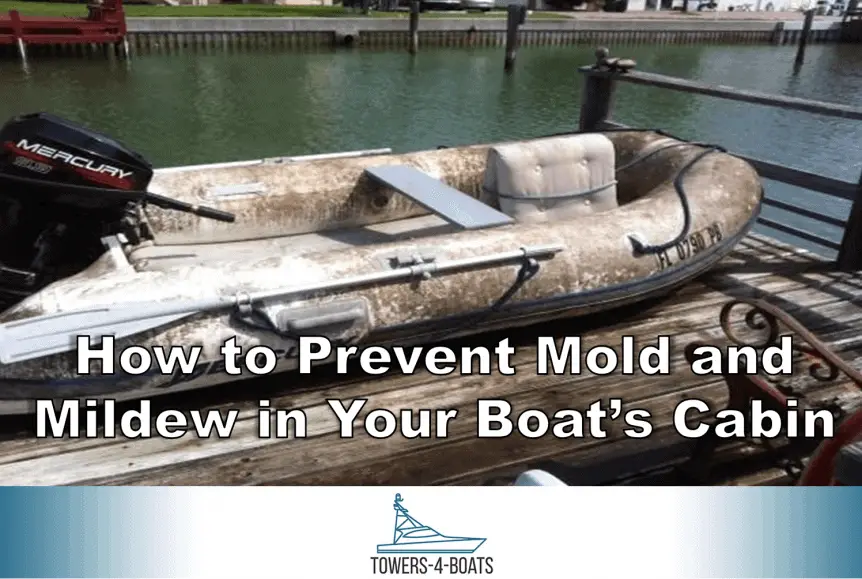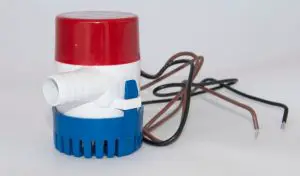Protecting Your Boat from Mold and Mildew
Let’s face it: No one likes mold and mildew. These smelly fungi are disgusting, to say the least, and they can singlehandedly ruin the livability of a room. When mold and mildew get into your boat’s cabin, however, that confined space turns into a place you’d do anything to avoid, rather than a place to enjoy when you’re out on the water.
Mold and mildew are, unfortunately, a fact of life for many in the marine world as the warm, damp places on our boats are amazing breeding grounds for these gross lifeforms. Thankfully, there are ways to prevent mold and mildew on your boat – if you’re willing to put in a little elbow grease. Read my article outlining strategies for mold prevention.
To help you enjoy your boat for years to come, here are our top tips on preventing mold and mildew in your boat’s cabin, complete with information on how to remove the fungi in the first place. Let’s get to it!
What are mold and mildew?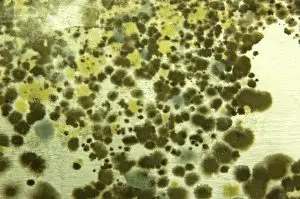
Okay, first things first: What are mold and mildew? It turns out that both mold and mildew are types of fungi that are very commonly found in homes and other buildings. Both mold and mildew really enjoy moist environments where they can thrive and proliferate. Thus, uncontrolled moisture in a warm, enclosed space is the number one cause of these fungi.
These fungi can live on a variety of surfaces for years if not attended to properly. In fact, both mold and mildew can cause a whole host of health problems in humans, which is yet another reason why we don’t really want them around. This is especially true in an enclosed space, like our boat cabins, where restricted airflow can exacerbate health problems caused by mold and mildew.
But, while mold and mildew have many similarities, they also have a number of differences, which can affect how we go about trying to remove them from our boats. Basically, the best way to understand the difference between mold and mildew is that mildew is a specific kind of mold.
While molds are fungi that have many identical nuclei and grow in black or green patches both above and below the surface material, mildew grows in a flat formation, making it easy to remove. Although mold is often found in food and on permanent structures, such as in a wall, mildew is almost always confined to moist and damp surfaces.
The differences between mold and mildew also affect their appearances. Mildew often looks very powdery or fluffy, appearing as a fungus on a moist surface. On the other hand, mold is usually a fuzzy or slimy substance with many colors.
Finally, while both mold and mildew pose health risks, they do so in different ways. Mildew is most often found on plants and crops, but if it gets into a confined space, it can also cause coughing, headaches, sore throats, and other respiratory problems.
Mold, however, can cause actual structural damage to wood and other structures. Additionally, prolonged exposure to mold can cause anything from an allergic reaction to extreme fatigue or even bleeding in the lungs (as in black mold poisoning).
How to get rid of mold and mildew
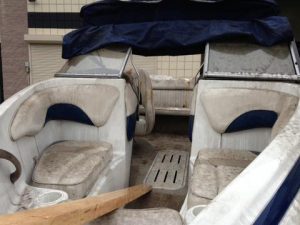 Although mold and mildew have the same cause, the differences in their structure mean that we need to use different tactics to get rid of them. Since mildew is more of a surface issue (thanks to its flat structure), all one really needs is some mildew cleaner, a good scrubbing brush, and a lot of effort to get rid of it.
Although mold and mildew have the same cause, the differences in their structure mean that we need to use different tactics to get rid of them. Since mildew is more of a surface issue (thanks to its flat structure), all one really needs is some mildew cleaner, a good scrubbing brush, and a lot of effort to get rid of it.
Mold, however, requires the help of a professional if a commercial mold remover doesn’t do the trick. Since mold can grow on metal, as well as wood and other organic materials, it is possible that your mold removing solutions don’t work and that the mold is still alive and well after a good scrub of your boat.
When this happens, you’ll almost certainly need to hire a professional mold removal service to help you remove the affected material from your cabin. This is more of a concern for wooden boats, especially if the wood starts to rot.
Our advice? If you have a serious mold or mildew problem, you should call a professional. While you may be able to handle many problems on your own, these fungi can cause a number of horrible health issues that you just don’t want to risk exposing you and your family to.
Strategies to prevent mold and mildew: Tips for moisture removal
Although it is possible to remove mold and mildew from the cabin of your boat, your best tactic is to prevent them from growing in the first place. Since mold and mildew thrive in moist environments, our best bet is often to remove the moisture from our boat cabins – something that’s quite difficult to do when we’re at sea.
Here are some tips for removing moisture from your boat cabin to prevent mold and mildew:
Eliminate leaks
While all boats leak from somewhere, if you can minimize the amount of water leakage into your vessel, you’ll be in a better place to help reduce the amount of moisture in your boat cabin. Since it’s futile to ventilate a constantly sopping wet boat cabin, it’s a great idea to fix the leaks into your cabin before you move on to other tactics.
Exhaust/ventilation fan
An exhaust or ventilation fan can help bring valuable air movement into an otherwise stagnant boat cabin. Since mold and mildew thrive in damp space, getting an exhaust or ventilation fan can help move air around to dry out your boat cabin. Of course, this isn’t terribly useful if you have a huge leak that continuously drips water into your boat, cabin, but it can help to dry out your boat after a rainy day of fishing.
Heater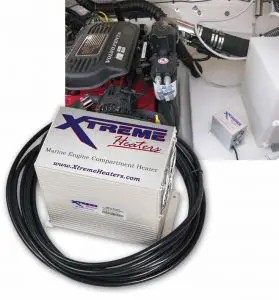
When used in conjunction with an exhaust or ventilation fan, an electric heater is a great way to prevent mold and mildew. Electric heaters are super-efficient at drying out a damp space, which means they’re perfect for preventing mold and mildew in your boat cabin.
Dehumidifier
Much like an electric heater/ventilation fan combination, a dehumidifier can extract water vapor from your boat cabin, reducing the likelihood that mold and mildew will grow inside your vessel. However, you do need to empty out a dehumidifier semi-regularly, so this isn’t a great option for infrequent boaters that leave their vessel unattended at a slip for days on end.
Silica gel
Silica gel packets are commonly found in commercial goods as a way to prevent mildew growth in storage or transport. Thus, they are a good option for anyone looking to prevent mold and mildew from growing in confined spaces on their boat cabin, such as in storage spaces and drawers. However, they are too small to make a huge difference for your overall boat cabin, so you’ll want to use silica gel in conjunction with another method.
Power methods for mold and mildew prevention devices
Since most of these mold and mildew prevention strategies require some sort of electricity, you’ll want to find a way to power these devices on your boat. Here are some options:
Battery
Your boat’s battery (or an external battery pack) can be a useful option for running smaller 110v dehumidifiers, though usually, your battery won’t have enough oomph to power a heater or exhaust fan when the engine isn’t running. Additionally, while your boat’s battery is great for running a small 110v humidifier, you do need to be careful and ensure that you don’t drain your battery or cause any short circuits.
Solar
Small solar panels mounted to the roof of your boat cabin can be a great way to provide green electricity to your vessel. These solar panels can often be used to power generators which, in turn, can often offer enough power to run a small heater, exhaust fan, or dehumidifier on your boat. Plus, they’re eco-friendly!
Grid (extension cord)
If you rent a slip at a local marina, you probably have access to electricity at your berth. An extension cord from your slip can help quickly and easily power your mold and mildew prevention devices to keep things fresh and clean in your boat’s cabin.
Propane (heater)
Propane heaters can replace the need for electricity when preventing mold and mildew in your cabin. However, propane heaters to create an open flame, which is a fire hazard on your vessel. Thus, we only really recommend using propane heaters on your boat if you’ll be around when they’re turned on.
Keep Your Boat Happy and Healthy
Ultimately, preventing mold and mildew in your boat’s cabin is essential to ensuring that your boat is a healthy environment for enjoying time out on the water. Since both mold and mildew can harm our health, it’s important that we take the appropriate steps to prevent them from growing. Or, if mold does grow in our boat, we need to be ready to take care of it quickly so we can get back out on the wa

